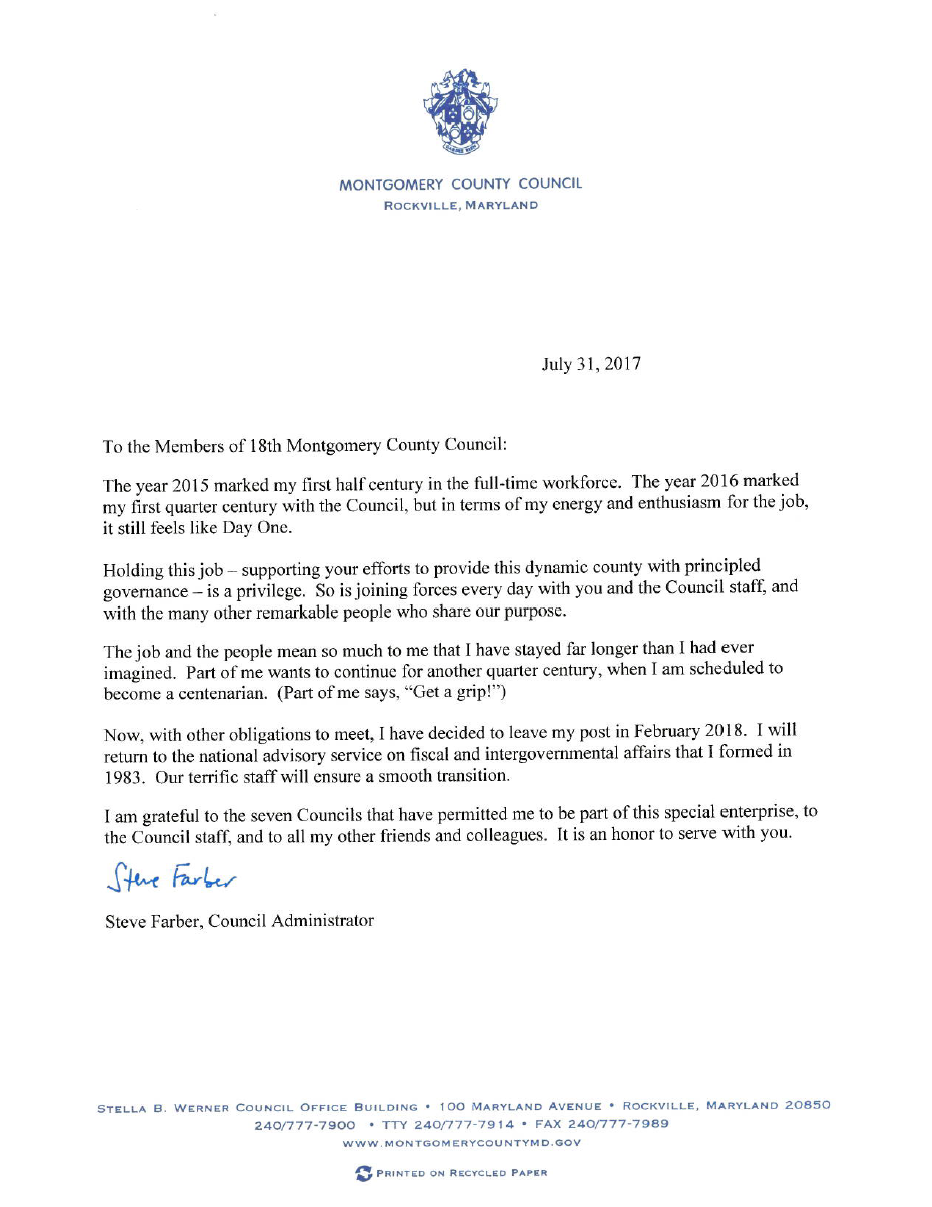By Adam Pagnucco.
MoCo’s most feared man, former Washington Post reporter Bill Turque, has left to terrorize hapless local politicians in Kansas City. In a rare moment of self-reflection, the newspaper’s bosses have come to realize that “our digital and print readers crave local news” and have posted an ad seeking a Turque successor. (Let’s remember that this is the same company that killed the Gazette!) We are sure they will get many qualified applicants, but there’s one name that’s a total no-brainer:
Bethesda Magazine reporter Andrew Metcalf.
Metcalf is a Young Turque. Just like his older counterpart, Metcalf has been ripping off political band-aids since he arrived here three years ago. He has covered nearly everything in the county, including budgets, taxes, term limits, legislation, last year’s Congressional election, the Purple Line and much, much more. His coverage of the liquor monopoly has been second to none, especially his exposure of Delegate Ben Kramer’s conflict of interest as a county liquor store landlord. He obtained video of Governor Larry Hogan accusing a judge who had ruled against the Purple Line of living at a nearby country club (an inaccurate statement). He was the first mainstream news reporter to break the news that John Delaney was running for President. Finally, Metcalf is the author of one of our favorite local stories of all time: “Supposed Nigerian Prince, Robert Lipman Imposter File Public Information Requests with County.” African monarchs everywhere are writing him into their wills!
Perhaps even more important than his body of work is this fact: Metcalf knows us. He knows our elected officials, their staffers, the activists, the players and lots of people involved with our political culture. He knows the structure of the government at both the state and county levels. He knows our issues: schools, transportation, crime, taxes, jobs, inequality, immigration, cultural diversity and so many others. He has a deep source network. And he is developing that combination of respect, trust and wariness that local reporters have with political establishments. Politicians know they need to be ready when Metcalf calls!
All of these things take time for reporters to develop. The problem is that we don’t have a lot of time in this county. One of the most historic elections in our county’s history is approaching in less than a year – and that’s the amount of time it takes most decent reporters to get established. If the Post hires a brand new person who knows nothing about our county, by the time that person figures out where the bathrooms are, the election will be over. The obvious solution is to hire a good reporter who already has years of experience covering us and that’s Metcalf.
We understand that Bethesda Magazine publisher Steve Hull is preparing to fire mortar shells at our beloved Limerick Pub in retaliation for this post. We can’t blame him! But for the good of the community, the good of local journalism and the good of its own bottom line, the Washington Post needs to hire Andrew Metcalf. Right. Frickin. Now.




